Every year for the last three, I have started this list by saying how awful a year it’s been, but how great it’s been for music. That’s a statement that bugs me, having heard something from film critic, David Erlich that got me thinking. He said on the Fighting in the War Room podcast that there’s no such thing as a bad year for movies when there are so many different ones coming out all the time; the only discrepancy is in how hard we have to look to find the things we like the most. With that in mind, 2018 has been a year in which I have not had to look hard at all to find the music that I love the most, with a number of my favourite musicians putting out some of the best music of their careers.
2018 has been an incredibly long year, but one where musicians have been working overtime to make it bearable for the rest of us, and to that end, here are the 50 albums released this year that I loved the most:
50. Temporary Kings by Mark Turner and Ethan Iverson

49. Motel Bouquet by Caitlin Canty

48. Starebaby by Dan Weiss
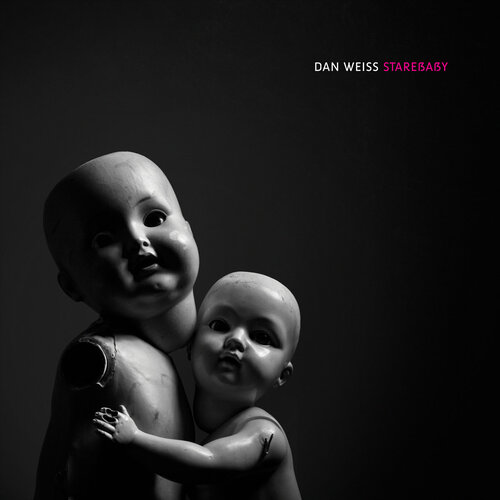
47. Lamp Lit Prose by Dirty Projectors

46. Fluid World Building 101 With Shaman Bambu by Dustin Wong

45. Currents, Constellations by The Nels Cline 4

44. Return to Mind by Eyolf Dale

43. POST- by Jeff Rosenstock

42. Starting Today by Joe Armon-Jones

41. Third Journey by Mike Marshall and Caterina Lichtenberg

40. KIDS SEE GHOSTS – Self Titled

39. Oxnard by Anderson .Paak

38. (((echo chamber))) by MC Paul Barman
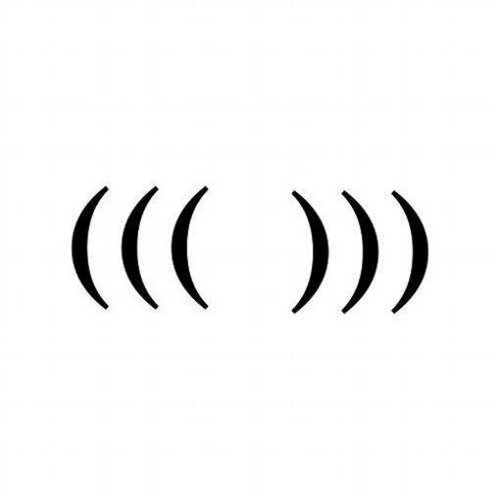
37. Bristopia by Get the Blessing
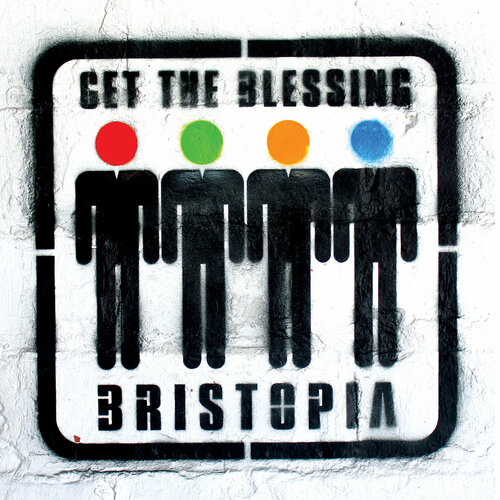
36. Alive in the East? by Binker and Moses

35. Seymour Reads the Constitution! by Brad Mehldau Trio
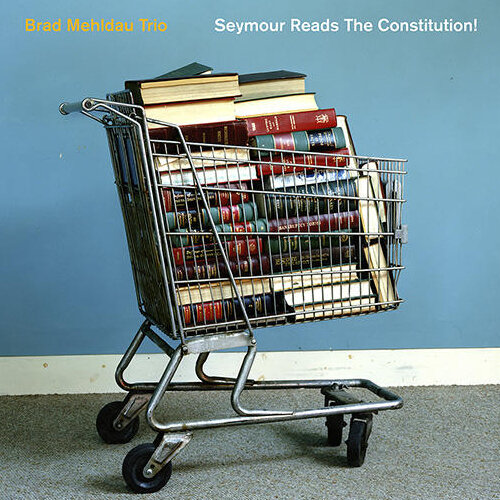
34. Swagism by Ghost-Note
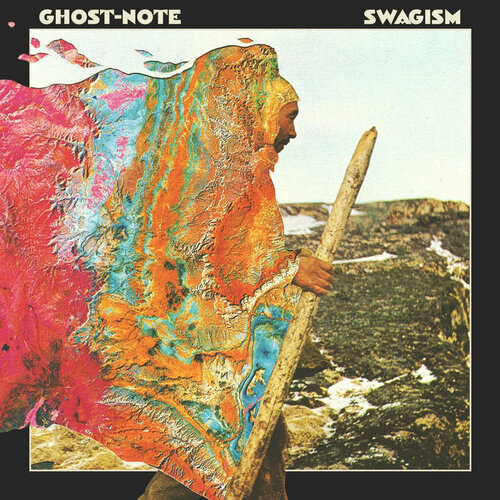
33. Ask For Chaos by Gilad Hekselman
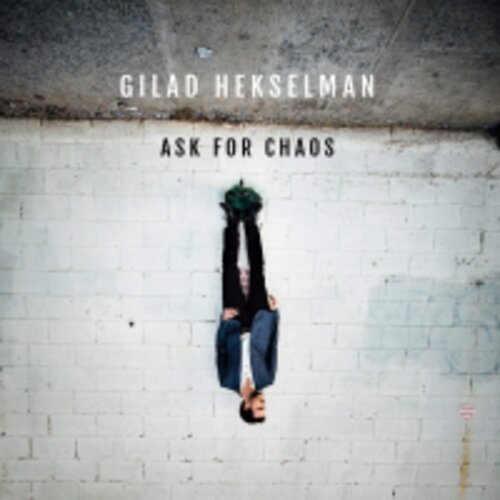
32. Some Rap Songs by Earl Sweatshirt
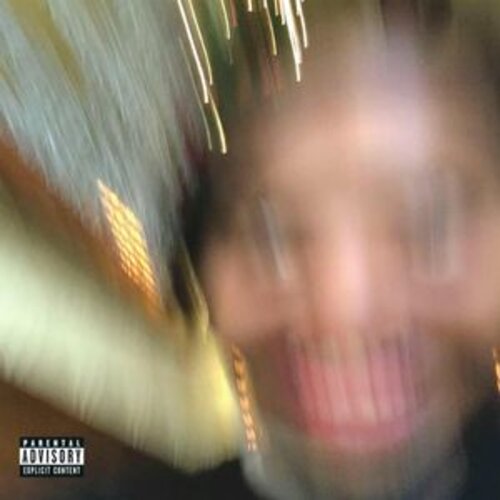
31. The Influencing Machine by Elliot Galvin

30. Tonadas by Julian Arguelles
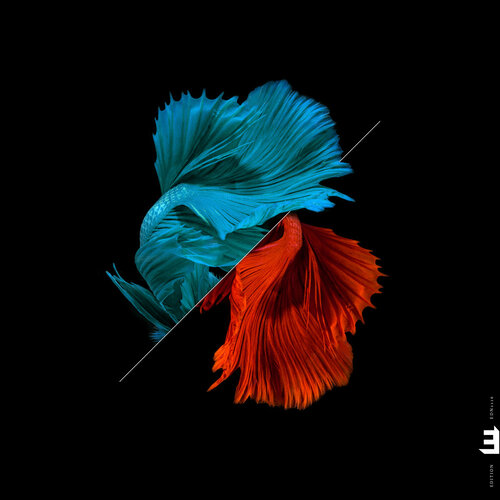
29. 12 Little Spells by Esperanza Spalding

28. Here If You Listen by David Crosby

27. Short Stories by Fabled

26. Dirty Computer by Janelle Monae

25. Never Stop II by The Bad Plus
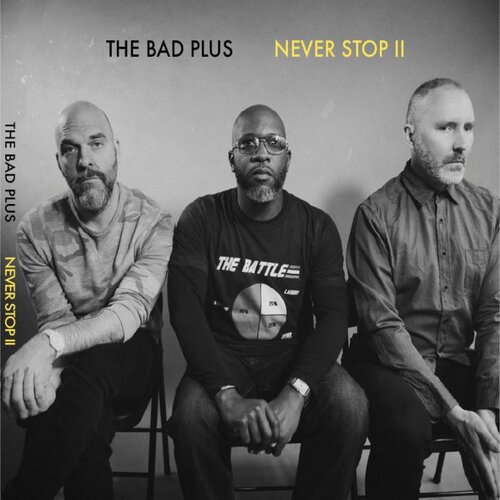
24. Obsidian by Kit Downs

23. Time by Louis Cole

22. Where the River Goes by Wolfgang Muthspiel
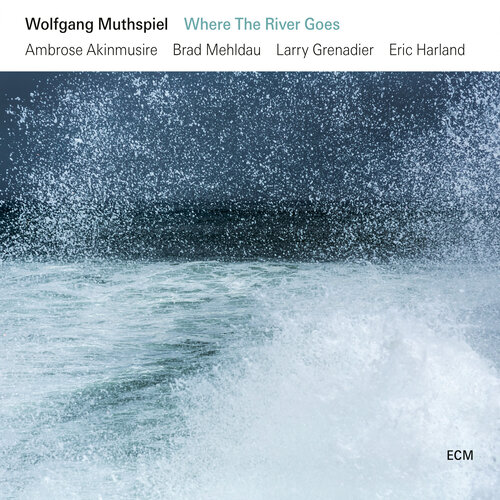
21. TWIO by Walter Smith III

20. Joy as an Act of Resistance by Idles
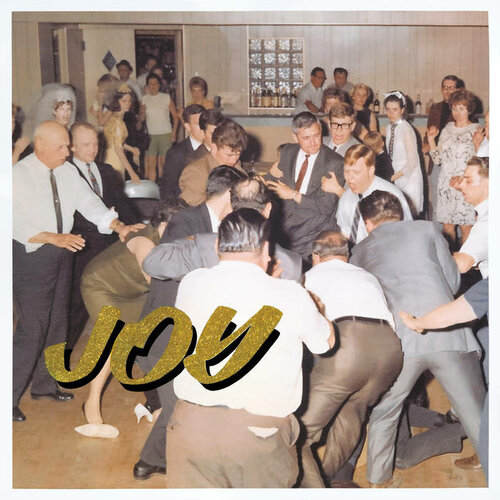
19. We Are by Alina Engibaryan

18. Modern Lore by Julian Lage
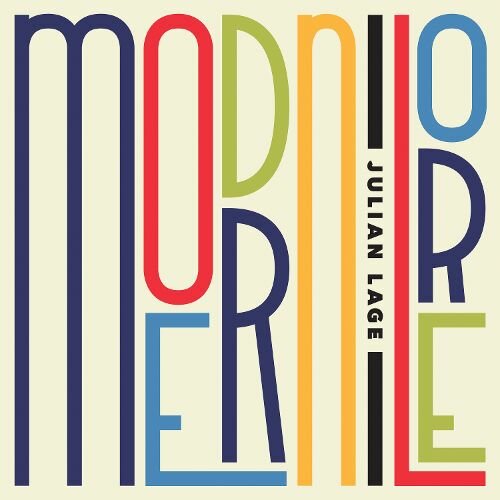
17. The Window by Cécile McLorin Salvant
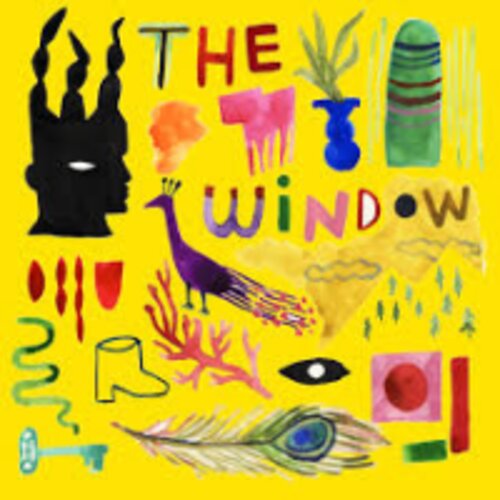
16. Big Red Machine – Self Titled

15. Ordinary Corrupt Human Love by Deafheaven

14. Unless by Hawktail

13. Wonder Trail by Dinosaur

12. Little Big by Aaron Parks
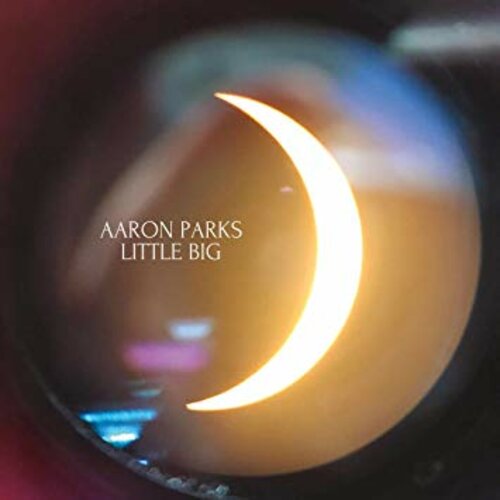
11. Bark Your Head Off Dog by Hop Along

10. The Seasons by Ben Wendel
Before I delve into why this is one of my favourite records of the year, I first want to say that Ben Wendel’s The Seasons features, for my money, the best single improvised solo of the year: Wendel’s tenor sax solo on the track, ‘July’. There… I said it.
Kneebody saxophonist, Ben Wendel, made one of 2015’s most interesting jazz projects with his monthly YouTube series, entitled The Seasons. The collection of duets inspired by, and performed with, twelve of Wendel’s musical heroes was a fascinating musical exercise and a powerful insight into the idiosyncrasies of many of the current New York jazz scene’s luminaries.
Three years later, Wendel has revisited those compositions in a new setting, having rearranged those duets for a quintet comprised of some of the original project’s alumni (pianist Aaron Parks, guitarist Gilad Hekselman, bassist Matt Brewer and drummer Eric Harland). The resulting album is one of the most uplifting jazz projects of the year, allowing those original compositions to shine in their own right, rather than just as celebrations of the musicians who performed them.
‘July’ and ‘February’ are particularly brilliant, having the most striking melodies of the collection, but every track portrays a sense that a powerful new meaning, which lay dormant in the pieces’ original forms, has been released by the involvement of this band. Every musician’s personality feeds into the original brilliance of Wendel’s compositions, and the end result is utterly spectacular.
9. Seven Sisters by Don Kipper
There’s something special about the brand of klezmer coming out of London at the moment. Like much of London’s popular jazz revival, the young, up-and-coming klezmer ensembles are combining their music with that of the many different cultures that make up London’s melting pot. Don Kipper, a band I’ve been following since their 2014 debut at London’s Klezmer in the Park festival, are perhaps the most exciting example of this new direction for British klezmer.
Their new album, Seven Sisters, is a wild departure from the more traditional klezmer style of their debut album. The band describe their new sound as the “traditional music of North East London”, and that description is apt, their sound folding in elements of musical styles from all around the Mediterranean, Southern and Eastern Europe.
The backbone of Seven Sisters is their approach to rhythm and groove, with languid, twisting melodies being augmented and redefined by their drummer’s high-octane backbeats. The opening track, ‘Welcome’, is a highlight, slowly building in energy, reaching a state of pure, transcendent insanity by the end. Genre labels be damned, this album is just sheer, unabashed joy.
8. Quartet by Bob Reynolds
Saxophonist, Bob Reynolds has been the subject of much praise on this blog over the last couple of years. I have reiterated many times that I feel he ought to be a more significant part of the discussion around the contemporary jazz scene’s biggest movers and shakers, not only because he has a significant cult following online in YouTube’s burgeoning jazz community, but because of his reinvigoration of the jazz quartet, and the role of the saxophone within it.
In May, Reynolds released this year’s tightest jazz album. Quartet is religiously bound to groove whilst never forgetting the importance of a strong melody, and this quality is imbued with a real sense of vitality due to the live, in-studio nature of the recording. Having been recorded in real time with an audience feeds the energy of Reynolds and his band (Janek Gwizdala on bass, Ruslan Sirota on keys and Chaun Horton on drums), while the tightly sonically controlled environment gives the project a comforting warmth.
Reynolds’ compositions have the familiarity of pop and rock music, but never suffer from genericism thanks to the dynamic spontaneity of the band’s interplay, and incredibly rhythmically conscious, yet creative soloing. With this ensemble, Reynolds has found the setting which best showcases what he and his music are about. I dare anyone to listen to Quartet and not come away having had their beliefs about contemporary jazz challenged.
7. See You Around by I’m With Her
My musical Achilles’ heal is three-part vocal harmony done well; there is truly no sound quite like it. A lot of recent close harmony vocal trios have the distinct advantage of being comprised of siblings (i.e. The Staves, Joseph, The Wood Brothers), so what is particularly stunning about progressive bluegrass supergroup, I’m With Her, is how its three incredibly distinctive voices, from disparate backgrounds have blended together so well, both sonically and creatively.
Singer/songwriter/multi-instrumentalists, Aoife O’Donovan, Sarah Jarosz and Sara Watkins have, over the years, each made their mark on the progressive bluegrass scene through successful solo careers and long tenures with bands like Nickel Creek and Crooked Still. In 2015 the three came together, realising that their differing styles might actually complement one another, and formed I’m With Her.
This year, they finally released their debut record, and boy was it worth the wait! The album is full to the brim with intricate instrumental work, wistfully poetic lyricism, and most importantly, some of the best vocal work on any album released this year. Each of the three musicians’ creative voices are identifiable in each song, but remarkably, at no point do any of them feel out of place. O’Donovan, Jarosz and Watkins have found the perfect way in which to slot their styles together to create something which, unbelievably, is greater than the sum of its parts.
6. Book of Travellers by Gabriel Kahane
When you listen to as much new music as I do, visceral emotional responses to new songs become increasingly hard to come by. For that reason, there are very few records that have moved me to tears in recent years. The only record to do so in 2018 was this one from Gabriel Kahane. Book of Travellers resonated with me on a personal level like no other single piece of art has in a long time, and I put that down to pianist/composer/singer-songwriter, Gabriel Kahane’s technical musical knowledge and choice of subject matter, combined with his seemingly boundless ability to empathise with others.
Book of Travellers beautifully communicates the profundity to be found in the stories of regular people through a song cycle for piano and voice that is both appropriately pastoral and satisfyingly complex, as well as masterfully engineered in a myriad of different ways, giving the whole album a haunting sonic quality.
Kahane’s voice is definitely an acquired taste, and I’ve seen many a comment bemoaning that these songs would be so much more palatable if sung by someone with a more technically refined vocal delivery, but I think that the honesty and empathy in these songs would be lost somewhat had they been delivered by anybody else. Book of Travelers is very much Kahane’s journey and makes him the perfect messenger to deliver this set of thoroughly moving stories.
Read my full review here.
5. We Are All by Phronesis
I’ve been talking up the new Phronesis record incessantly since it dropped in September for so many reasons. Phronesis haven’t released a bad record since their debut over a decade ago, so one wouldn’t be blamed for thinking that the British/Scandinavian trio could make a solid album in their sleep, but We Are All is not a project that rests on the laurels of previous releases; instead, it takes lessons from the band’s 2017 big band record, The Behemoth, and integrates that approach into their established trio format, expanding their sound in a huge way.
We Are All is an album that sounds so much bigger than it actually is due, in large part, to the intensity of Jasper Høiby (bass), Ivo Neame (piano) and Anton Eger’s (drums) playing, as well as the density and intricacy of the compositions. The trio have found a way to capture in recording the freneticism and joyous energy of their live performances while simultaneously building pieces that advance the piano trio format.
For a band this prolific, it’s astonishing that they’ve managed to maintain this creative streak for so long. Phronesis were at the forefront of developing the contemporary European piano trio sound when they first emerged, and We Are All is truly demonstrative of why other trios are and will likely continue to be playing catch-up for the foreseeable future.
Read my review of the album here, and their live performance in Liverpool here.
4. Still Dreaming by Joshua Redman
Still Dreaming is the most profoundly evocative, straight-up jazz record I’ve listened to this year, and I’ve listened to a ton of jazz in 2018, so much so that 29 out of the 50 records on this list have significant ties to the genre. What makes this record so special, is the history that informs it. Still Dreaming, as the title suggests, is a tribute album to the band for which saxophonist Joshua Redman’s father, Dewey Redman, was best known – Old and New Dreams – itself a tribute to the music of Ornette Coleman.
Joshua Redman’s new record, featuring Ron Miles (cornet), Scott Colley (bass) and Brian Blade (drums), takes the dense free jazz style of Old and New Dreams and injects the saxophonist’s own voice, making this feel almost like a collaborative effort between Redman and his late father. From a contextual perspective, Still Dreaming is an incredibly powerful emotional experience, especially considering that Redman and his father were estranged for such a long time.
Musically, Still Dreaming is a thoroughly impressive project, all four musicians are on top form, clearly taking a great deal of inspiration from the band’s namesake and converting that into a palpable energy that feeds some of this year’s most creative soloing. It’s an incredibly direct recording, with nothing to mask any imperfections in the playing of any of the musicians – the performing is raw and impassioned, with Redman in particular demonstrating his particular brand of simultaneously sinewy and muscular playing. The whole endeavour is immediately and consistently striking, without a single slumped moment.
3. Room 25 by Noname
Over the last year or so, I have found myself less and less motivated to listen to hip-hop. Maybe it’s because I’ve become more invested in various jazz scenes, but more pressingly, the biggest growing trend in popular hip-hop at the moment is trap, a sound that I can’t stand. Thankfully, this year has seen a number of utterly refreshing rap projects coming out of Chicago that buck the trap trend in favour of communicating a sense of earnestness that has been rather difficult to find in the genre as of late.
Chief among these projects is the newest record from Noname, a rapper who catapulted herself into the conversation with her debut mixtape, Telefone, in 2016. Room 25 is Noname’s debut full-length album and was, for me, the most emotionally affecting rap album of the year, as well as the most technically impressive performance of the year in that genre. Noname has one of the slickest flows in contemporary hip-hop, and she uses that technicality to communicate ideas that are funny, heartfelt and culturally vital.
Room 25 also shines instrumentally, with Chicago rapper and producer, Phoelix, crafting smooth, intricate, jazz-influenced beats over which Noname’s voice can trickle effortlessly. The lyrical work is stunning, full of messages of empowerment and tinged with a strong political energy, but that lyrical genius is easy to miss if, like me, you get overwhelmed by the sonic beauty of it all.
2. After Bach by Brad Mehldau
Brad Mehldau is not only my favourite living pianist but is arguably the most influential jazz pianist of the last 20 years. As a jazz musician, he’s often talked about for his near peerless improvisational ability, his contrapuntal playing style, and his trendsetting Radiohead covers. It is rare however, that one of the most significant influences on Mehldau’s aesthetic, J.S. Bach, is included in the conversation around him.
You can hear Bach in Mehldau’s intricate melodies, his love of contrapuntalism, and even in his improvisation, and this year, he decided to make that abundantly clear with a profoundly beautiful album called After Bach. The record consists of Mehldau performing a series of Bach keyboard compositions on solo piano, and that alone would have made this an appealing project – Mehldau’s renditions of these compositions are faithfully accurate and performed with a necessary sensitivity and emotionality – but what makes After Bach truly special are Mehldau’s own original contributions.
The bulk of the record’s runtime is comprised of original, semi-improvised compositions by the pianist, inspired by the Bach pieces that precede them. All of these compositions highlight tastefully the ways in which Bach’s music has informed the pianist, composer and improviser Mehldau is today. The styles of the two composers blend beautifully, without ever feeling like there are two competing aesthetics clashing – nothing ever feels out of place. Like Bach’s best works, what makes this album work so well is the way all of the elements interlock with one another. After Bach is a beautiful, hand-made, clockwork machine of a record, and ought to be remembered as one of Mehldau’s most important works.
1. All Ashore by Punch Brothers
There are few bands operating today with discographies like that of the Punch Brothers. Each of the band’s five full length albums is totally distinct in what it is trying to say, and the way in which it says it, but despite their musical diversity, the quintet’s bespoke voice and approach to music making always shines through.
The progressive bluegrass outfit’s latest work is perhaps the most thematically coherent and ambitious since their debut, released a decade ago this year. All Ashore is a beautiful, nine-part song cycle (complete with two stunningly intricate instrumentals) which delves deeply into both the personal and political issues with which we are dogged in our everyday lives. The five virtuosos use music which is, at its surface, some of the band’s most accessible but, in reality, satisfyingly dense and complex, in order get us to think on a deeper level about the things we struggle with every day.
All that aside however, as a long-time Punch Brothers fan it’s incredibly satisfying to see the band come back together after three years of individual musical soul-searching and be able to hear clearly the influences all their various side projects have had on their writing and playing styles. All Ashore perfectly straddles the line between creative and conceptual maturity and wry mischievousness.
Read my full review here.


Just wanted to say thanks for keeping your blog going. I found your page through an audiophile forum in 2018 and was immediately excited to find a writer with the odd bent to deeply cover the range from Punch Brothers to Joshua Redman that I listen to. And while I knew of Bob Reynolds, as an ancillary musician, I appreciate you introducing me to his solo catalogue. Will keep reading and following on Twitter. Lastly, passing along I am very much looking forward to new music from Gretchen Parlato and Mark Guiliana.
LikeLiked by 1 person
Dude! It’s really lovely to get feedback like this, definitely have Guiliana and Parlato on my radar 😁
LikeLike